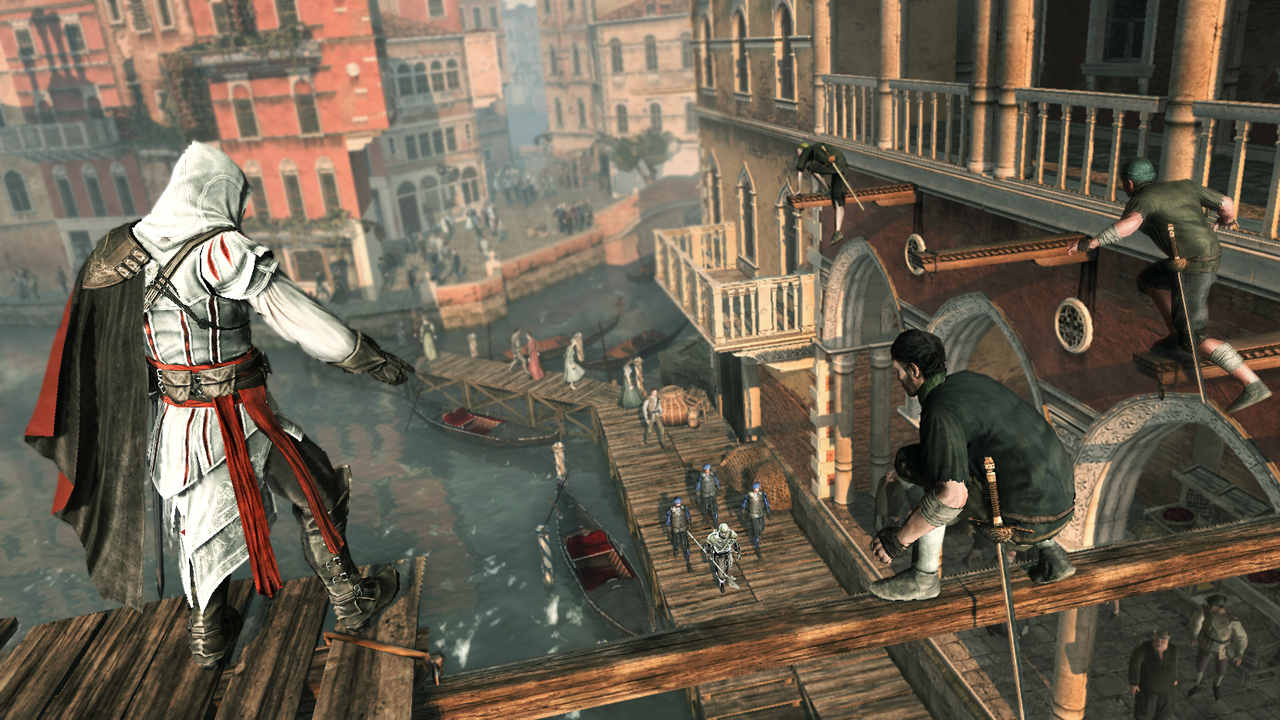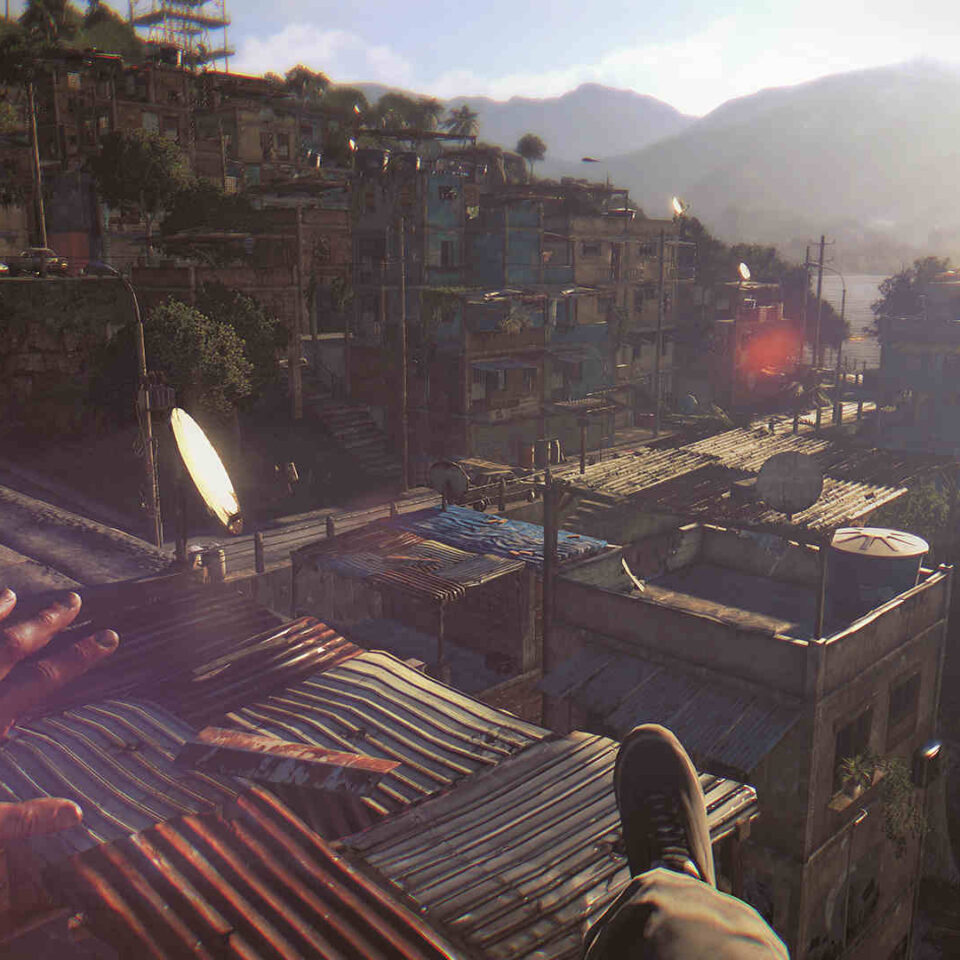The release of Dying Light saw yet another genre -zombie survival- blended with Parkour; Thumbsticks examines this growing trend.
Since 2007, there have been no fewer than twenty-five titles that have involved some element of free running or Parkour, and that trend appears to be increasing. In 2014 alone there were seven titles featuring the energetic, fluid movement discipline. We’ve already seen the release of Dying Light, just one month into 2015, and that’s just the beginning; you can guarantee that at least one new Assassin’s Creed title will be released later in the year.

To clarify, we’re only including games released for the major consoles and PC in these statistics, for the sake of consistency. If we were to include handheld and mobile gaming titles – like the exceptional Vector – then these figures would be much higher. So in order to examine this rampant recent trend, we need to wind back to the very beginning; Prince of Persia. The game, that is, not the questionable Jake Gyllenhall movie.
Call out the instigators
Full disclosure: I didn’t know there was a difference between Parkour and free running. Parkour, derived from the French for “the course” was founded in the late 20th Century by David Belle, and is a discipline focused on tracing the fastest, most efficient path possible across an obstacle course; proponents of Parkour are referred to as traceurs for this reason.
Free running is a term coined by friend of Belle and legendary founding traceur Sébastien Foucan, during the 2003 documentary film Jump London, in an effort to translate the concept for a British audience. Free running is primarily concerned with getting from A to B in the most stylish and flamboyant method possible.
So in summary: Parkour is driven, efficient movement towards a goal, whereas free running is generally larking about in the most stylish way possible, and for that reason we will be referring to the concept within video games as Parkour going forward.
Looking at the 1990 original Prince of Persia, you can certainly see some similarities with Parkour – fast movement, death-defying leaps, clambering up ledges – but it was all a little stilted and two dimensional. Fast-forward to 2003’s 3D reboot of the series by Ubisoft, however, and it’s all looking a lot more recognisable; the big jumps and ledge-hanging are still there, but they have been supplemented by tightrope walking, wall jumps, pole climbing and even running along vertical walls to traverse gaps.
Prince of Persia: The Sands of Time was popular with the critics and a commercial success, but we had to wait until 2007 for Ubisoft’s next successful foray into Parkour. No, not the Ubisoft-published, Foucan-endorsed flop that was Free Running (essentially 1996’s Tomb Raider engine with sweaty men in tracksuits); in 2007 Ubisoft brought us the first Assassin’s Creed.

Assassin’s Creed was a bit of a revelation upon release. The game looked fantastic, the story was great – the historical parts at least, the virtual reality undercurrents were so misguided it’s physically painful to watch – but most important was how it felt to play. Want to climb that clock-tower? No problem! Press and hold the ‘free run’ button, point the analogue stick towards the target, and away you go. Running along the rooftops to escape the guards? Great! Button, point, full-steam ahead. The mechanic of being able to perform dozens of fluid, intuitive motions without having to wrangle complex button sequences and nail near-impossible timings made everyone feel like they were finally unshackled from the rigid constraints of the controller. For a brief, beautiful time, it was the most free I’d felt in a video game since Sonic the Hedgehog 2.
Revolutionary becoming routine
Wind the clock forward another eight years, and Ubisoft are still at it. Of those twenty-five Parkour games mentioned at the top of the article, fourteen of them have been developed and/or published by Ubisoft, and nine of those titles have been part of the Assassin’s Creed series. I wouldn’t dream of suggesting that the Assassin’s Creed games are going down the same dark, incremental road as the Call of Duty or Fifa/Madden series, but I must admit I am getting a little tired of it all, and the disconnected nature of traversing the environment in a manner that once felt like a revelation is now turning movement into a pedestrian chore.
Remember Eddie Gordo from Tekken 3? All anyone had to do, regardless of their skill level, was continuously hammer the kick button to send Gordo into an unstoppable Capoeira combo, a wall of flailing legs that was near-impossible to get past. He was very much the friend of the unskilled, but if you had any kind of ability at all Gordo was simply boring to play as. I liken the Capoeira experience of Tekken 3 to the Parkour elements in Infamous: First Light; a game that should in theory be incredibly exciting to play (you can run up the side of buildings at light speed!) but has instead been rendered dull and pedestrian by the lack of technique required to pull off the aforementioned “amazing” moves.
Sonic the Hedgehog 2 may have been slick, and it may have been fast, but it was never dull; it required tremendous skill to play at top speed – if you made a mistake, you were punished – and that is a lesson the modern Parkour-movement craze in video games needs to learn.






